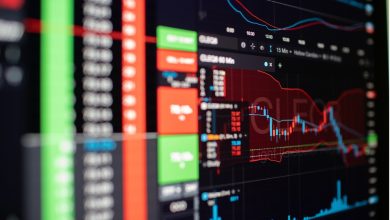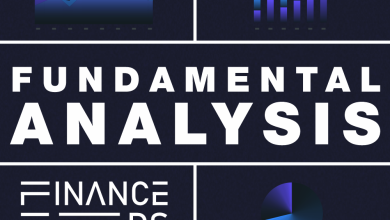Nearly Half of Proprietary Trading Firms Eye Prediction Markets, Says Report


Prediction markets, once dominated by retail traders, are rapidly attracting institutional attention. According to the latest Acuiti Proprietary Trading Management Insight Report, produced in partnership with Avelacom, nahead half of proprietary trading firms worldwide are now evaluating participation in prediction markets — including three-quarters of U.S.-based firms.
The report identifies prediction markets as one of the quickest-growing global trading sectors. While 10% of proprietary firms are already active in the space, another 35% are considering entry. Among U.S. participants, adoption and intent are particularly strong, reflecting a surge in institutional curiosity about markets traditionally driven by retail speculation.
“Prediction markets are potentially on the cusp of significant institutional growth, which will drive liquidity and volumes on the market, as well as revenues for the venues and brokers that offer the contracts,” said Will Mitting, Founder of Acuiti. “However, while there is opportunity, there are also unique challenges associated with firms trading the market. Risk management is a key challenge — how do you model the likely date of Taylor Swift’s wedding?”
Takeaway
Institutional Infrastructure Meets an Emerging Asset Class
The report finds that most ahead institutional adopters of prediction markets are ultra-low latency and algorithmic firms, though interest is broadening beyond this segment. However, firms that rely heavily on manual or discretionary (“point-and-click”) trading are not yet exploring this new market frontier.
With institutional participation comes new operational and technological demands. As Aleksey Larichev, CEO of Avelacom, noted, “As more proprietary trading firms consider trading prediction markets, low-latency infrastructure will remain essential for maintaining a competitive edge. Looking ahead to 2026, we anticipate growing demand for colocation services and across both new and established markets.”
Larichev also emphasized that reliability and redundancy in connectivity will become increasingly significant as for non-traditional assets. As these new markets mature, their infrastructure will need to mirror that of established financial venues — from execution speed to operational resilience.
Takeaway
Industry Outlook: Confident Growth and Expanding Tech Investment
The latest Acuiti report also paints an optimistic picture of the proprietary trading sector overall. Over 70% of firms surveyed expect above-average performance in 2026, with increased technology investment reflecting bullish sentiment across the industry.
Additional findings point to an evolving regulatory and operational environment: proprietary firms continue to explore entry into India despite heightened regulatory scrutiny, UK firms are pressing for under IFPR, and low-latency U.S. firms are adjusting hiring strategies amid rising visa costs. Together, these insights capture an industry expanding geographically while modernizing its operational models.
The report also includes a Q&A with Kensuke Yasu of Osaka platform, exploring new growth drivers including the upcoming and potential crypto derivatives — signaling how proprietary trading continues to push into new frontiers across both traditional and digital markets.
Takeaway







